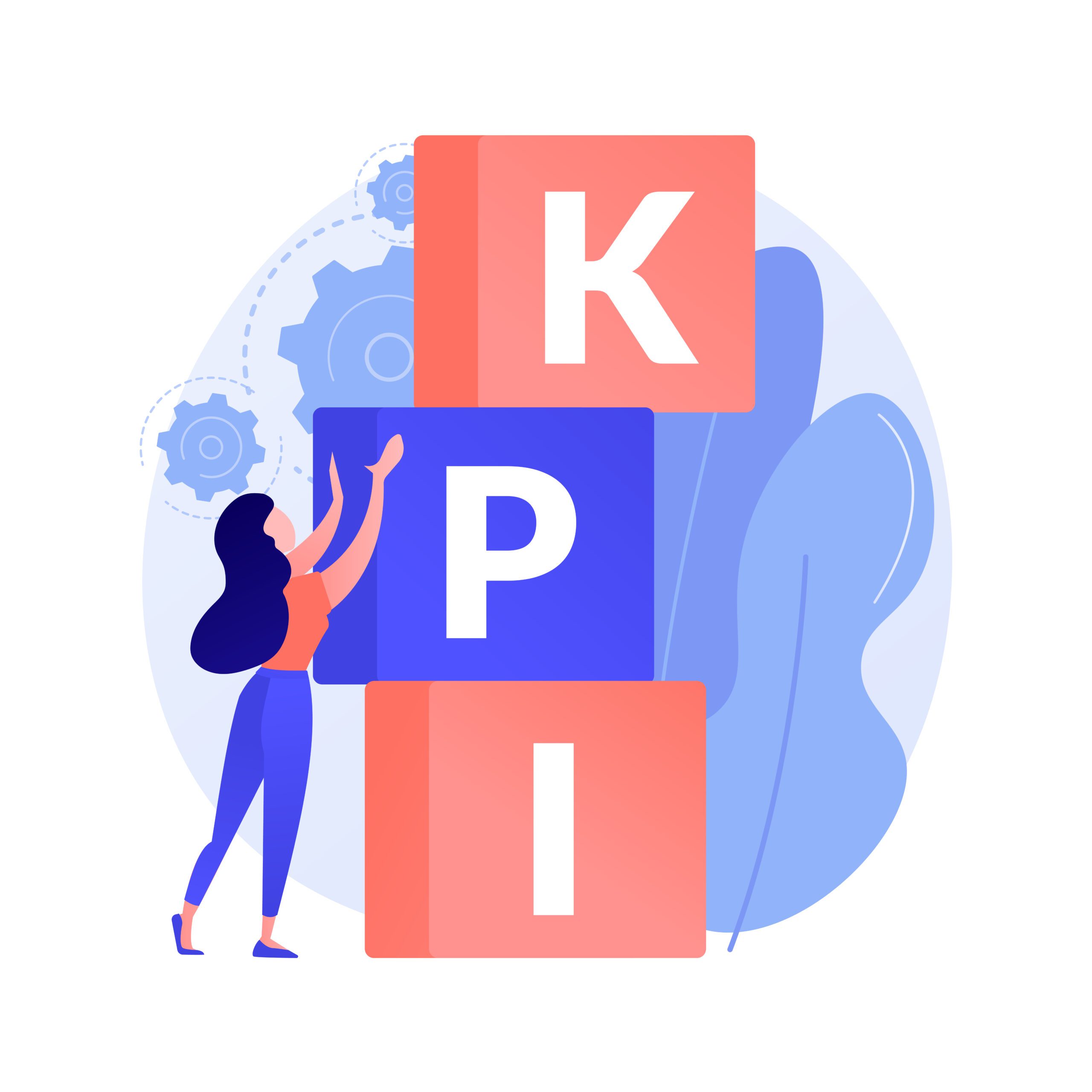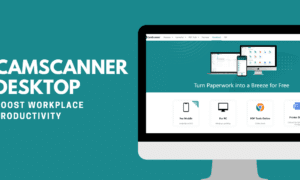If you’ve ever sat through a team meeting and heard “KPI” tossed around, you might’ve wondered what people really mean in day-to-day terms. KPIs—short for Key Performance Indicators—are the scoreboards that show whether efforts are paying off, and they read like chapters in a story: a bump in sales here, a dip in service quality there, a win you want to repeat. For companies asking what are KPI definition examples, the answer shifts with goals, size, and industry. Nakase Law Firm Inc. often stresses the importance of asking what are KPI definition examples because the right indicators can mean the difference between clear strategy and wandering without focus. And yes, that first discussion usually starts with a simple question: which numbers actually help us make better choices?
So, why should anyone care in the first place? Picture a neighborhood coffee shop testing a new loyalty punch card. The owner checks daily revenue, repeat visits, and average ticket size during the morning rush. Each one is a KPI because it signals whether the idea works. California Business Lawyer & Corporate Lawyer Inc. frequently receives questions like what are TIPS? when business owners consider financial strategies alongside KPIs, as both involve structured measurement of performance and investment decisions. Now, add a human layer: the barista who learned regulars’ names might lift retention on her own—proof that numbers and people go hand in hand.
Why KPIs matter in day-to-day work
Running a business without KPIs is like driving with a covered dashboard. You might move forward, but you can’t tell how fast you’re going or whether the tank’s nearly empty. KPIs add clarity. A team might say, “We want more revenue,” but, without a target—say, a 15% rise over six months—the phrase floats without teeth. With KPIs set, folks across roles can see where their work fits. And when targets are fair and visible, accountability feels less personal and more like a shared goal. Now, that eases tension, and it nudges everyone toward practical next steps.
Types of KPIs, with quick stories
Not every metric belongs on your scoreboard. It depends on what you’re trying to do and where the pressure points sit.
Financial KPIs
Think margins, cash in the door, and returns after costs. A founder monitoring operating cash flow can sleep better at night when inflows cover payroll and rent. Return on investment (ROI) helps a marketing lead choose between one channel and another, especially when budgets are tight and choices carry weight.
Customer KPIs
Have you ever tapped a quick rating after a support chat? That’s a KPI in the wild. A customer satisfaction score shows whether people felt heard. Retention rate tells a store owner if buyers come back. And a rising lifetime value signals that customers see enough worth to stick around longer.
Operational KPIs
These live behind the curtain. A bakery tracks cycle time from mixing to oven to display. If production slows during Saturday mornings, the owner can prep dough earlier, shave minutes, and keep the pastry case full when the line wraps around the door.
Employee KPIs
Turnover rate, absenteeism, and training completion point to what’s happening with the team. If new hires leave within three months, that might point to onboarding gaps. Add a quick pulse survey, and you’ll spot patterns before they harden into bigger issues.
Everyday examples across industries
It’s easier to see KPIs in motion than in theory, so let’s drop into a few scenes.
- Retail: A boutique tracks average transaction value. When receipts show single-item purchases, the owner tests curated bundles—jeans with a belt and tee—to lift the basket size.
• Healthcare: A clinic watches readmission rates. If patients return for the same problem, care plans might need clearer follow-ups. One nurse’s call two days after discharge can make all the difference.
• Education: A principal checks graduation rates and attendance, then pairs the data with student support hours. After-school tutoring bumps scores, and, by the next term, referrals increase because parents see progress.
• Tech: A subscription app looks at churn. When cancellations spike after a pricing change, the product team adds a mid-tier plan and a “pause” option. Churn steadies, and support tickets cool down.
What makes a KPI useful
A good KPI does a few simple things well: it’s clear, measurable, realistic, aligned with a goal that actually matters, and tied to a time frame. Without those traits, you end up with numbers that look nice on a slide but don’t guide action. Quick example: that café with 5,000 social followers? Fun milestone, sure. Still, if those followers don’t buy, it’s a distraction. Better KPIs: repeat-visit rate and average spend before 10 a.m.
Leading and lagging: a quick split
Some KPIs hint at what’s likely to happen; others report on what already happened. Leading indicators are early signals—like a jump in qualified demos for a sales team, which often precedes revenue growth. Lagging indicators, such as quarterly profit, confirm results after the fact. You want both. Think of the first as your forecast and the second as your scoreboard.
Picking the few that matter
Too many KPIs can blur the picture. Three to five sharp ones usually keep teams focused while leaving room to breathe. Let’s say you run a small agency. You choose client retention, average project margin, and employee sentiment. Together, they show whether the work pays the bills, whether clients stay, and whether the team can keep delivering without burning out. Add a simple monthly check-in, and you’ll catch bumps early.
Common pitfalls (and easy fixes)
A few traps pop up again and again:
• Tracking a crowd of metrics and losing the plot.
• Falling for “feel-good” stats that don’t change decisions.
• Keeping the same KPIs even as the market shifts.
Real story: a gym chain celebrated sign-ups every month. The charts looked great, yet classes stayed half-full, and trainers stood idle. The miss? Retention. Once the team paired new sign-ups with a 90-day retention KPI and added a welcome call plus a first-week class plan, attendance improved, and membership stabilized.
Make KPIs visible, not buried
Data tucked away in a dusty spreadsheet rarely helps. Put the most important numbers where people actually look. A sales dashboard might surface monthly revenue, conversion rate, and returning-customer share—clean, simple, and easy to scan. Add a short note right beside each metric: “on track,” “needs attention,” or “off track.” That small label drives quick action without long debates.
A quick note on context
KPIs don’t sit in a vacuum. A sudden dip could trace back to a supplier delay or a marketing pause. On top of that, a friendly front-desk person can lift satisfaction scores without changing any policy at all. So, pair the numbers with context, stories, and a short “what we’ll try next” list. That blend turns data into decisions.
A short close
KPIs aren’t buzzwords; they’re practical tools that keep teams honest about progress. Whether you’re running a law office, a bakery, or a startup, knowing what are KPI definition examples helps you pick numbers that guide real choices. When you choose a small set that fits your goals—and keep them visible, explained, and adjusted as life happens—you get clearer days, better calls, and results you can repeat.

































